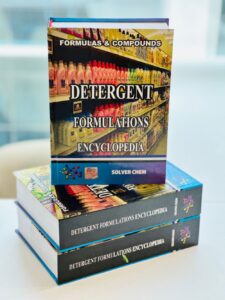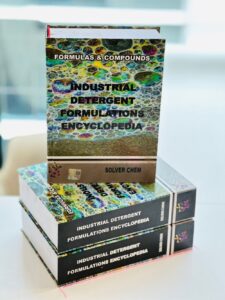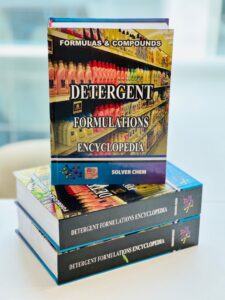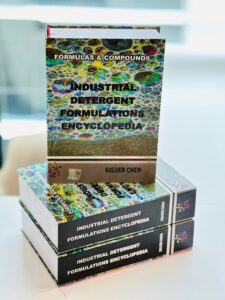
 Comprehensive Overview of Antibacterial Gel Formulation, Production, and Industrial Standards
Comprehensive Overview of Antibacterial Gel Formulation, Production, and Industrial Standards
🧴 Overview
Antibacterial gels are modern hygiene products formulated to effectively reduce or eliminate microorganisms on the skin without the need for rinsing. These gels have gained worldwide importance as personal and public health essentials, offering instant sanitization, fast drying, and pleasant skin feel.
The most common antibacterial gels are hydroalcoholic systems, containing 60–80% ethanol or isopropyl alcohol as the active antibacterial agent. To provide smooth texture and prevent dryness, humectants such as glycerin, propylene glycol, or aloe vera extract are added. The gel’s texture is formed by carbomer or cellulose derivatives, which are neutralized to reach a stable, transparent, or opaque structure depending on the desired appearance.
Antibacterial gels can be categorized by their clarity, cost, and target market — ranging from premium transparent gels to economic opaque versions. The formulation balance between alcohol concentration, thickener level, and humectant selection determines the final viscosity, transparency, and skin compatibility.
⚗️ Formulation & Production
The production of antibacterial gels requires accurate raw material selection and precise mixing order to ensure clarity, viscosity, and stability.
1. Formulation Structure
-
Active Ingredient: Ethanol or isopropyl alcohol (60–80%)
-
Thickening Agent: Carbomer, Hydroxyethylcellulose, or Acrylate Copolymer
-
Humectant: Glycerin, Propylene Glycol, Aloe Vera, Panthenol
-
Neutralizing Agent: Triethanolamine (TEA), Aminomethyl Propanol, or Sodium Hydroxide (for pH 6–7)
-
Additives (optional): Perfume, Colorant, Botanical Extracts, Preservatives
-
Water: Deionized or distilled
2. Typical Production Steps
-
Preparation of Gel Base:
The thickener (e.g., carbomer) is dispersed slowly in deionized water until fully hydrated. -
Alcohol Addition:
Ethanol or isopropyl alcohol is added carefully under low shear mixing to prevent evaporation and foaming. -
Humectant & Additives:
Glycerin, moisturizers, and fragrance are incorporated to improve sensory feel. -
Neutralization:
The gel’s viscosity is developed by adding the neutralizing agent until the pH reaches 6–7. -
Homogenization & Deaeration:
The mixture is blended until uniform, with minimal air bubbles. -
Filling & Packaging:
The gel is filled into airtight containers, ensuring proper sealing to prevent alcohol loss.
3. Quality Controls
-
Viscosity: Consistency within specification (e.g., 10,000–30,000 cP)
-
pH: 6.0–7.0
-
Alcohol Content: 60–80%
-
Appearance: Clear or opaque without phase separation
-
Microbial Load: Should meet antibacterial standards
📄 Summary
-
Purpose: Rapid skin disinfection without water
-
Formulation Base: Hydroalcoholic system (Ethanol or Isopropyl Alcohol)
-
Supporting Agents: Carbomer, humectants, and mild neutralizers
-
pH Range: 6.0–7.0 (skin-compatible)
-
Production Type: Transparent, Economic Transparent, Opaque, Economic Opaque
-
Key Quality Targets: Clarity or uniform opacity, consistent viscosity, long shelf-life, and skin comfort
-
Safety: Flammable – alcohol handling requires explosion-proof equipment and ventilation
-
Market Trend: Moisturizing, eco-friendly, and low-irritation formulations preferred


